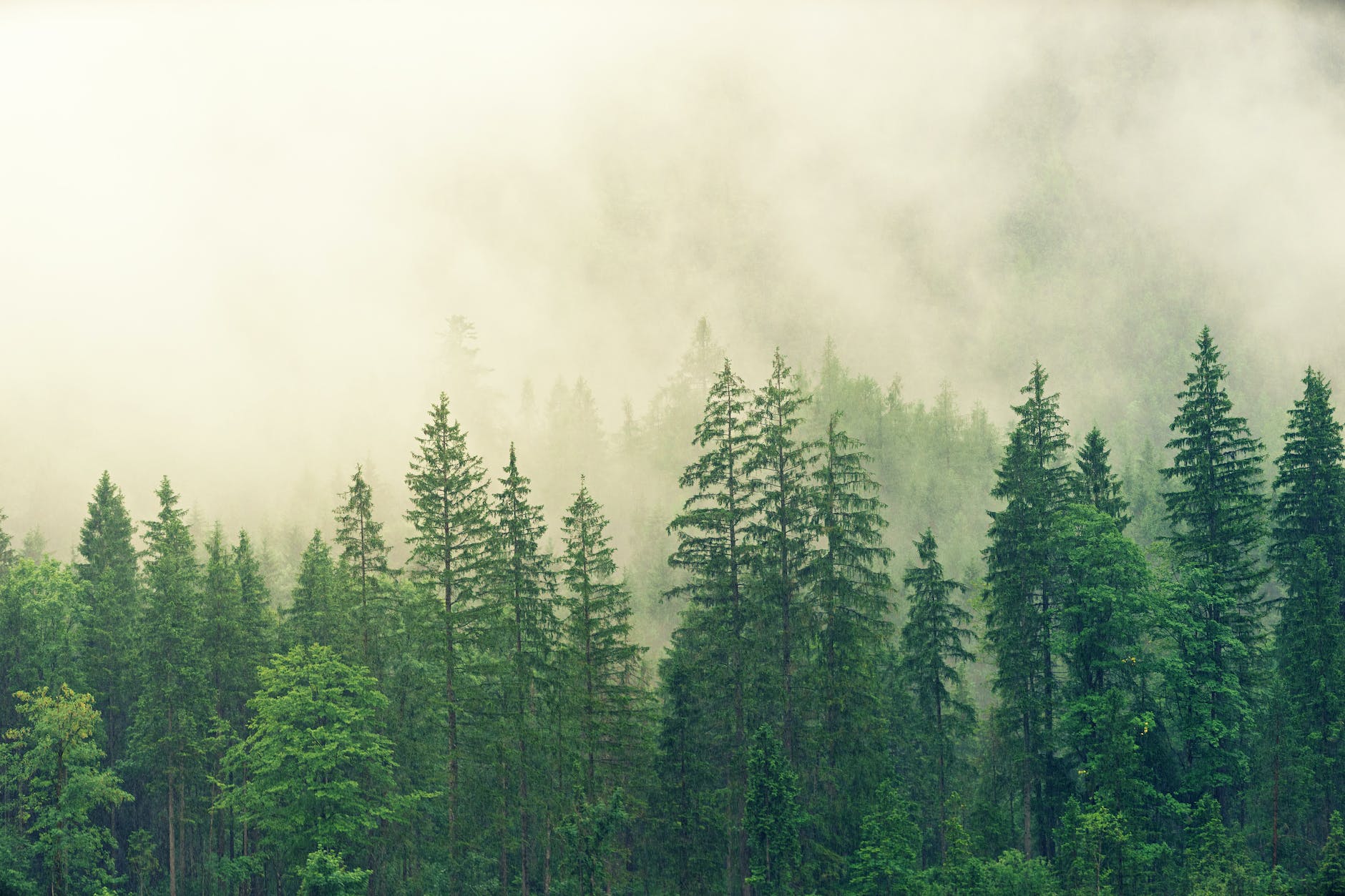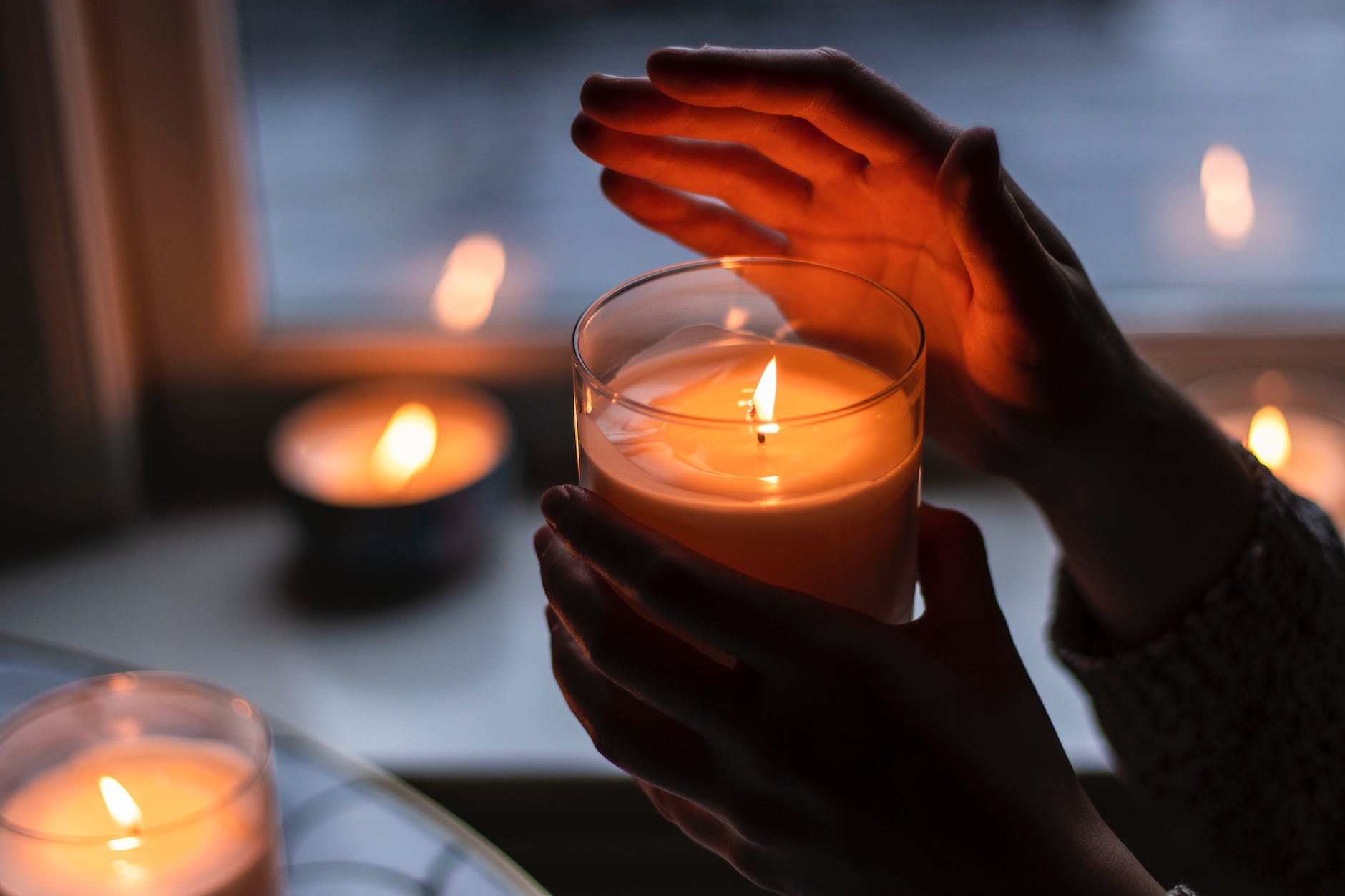I posted about Winternights on my Instagram the other day, and thought, this would be a great topic to share with all of you, particularly for those interested in Heathenry. So let me tell you something about this old but important holiday.
Vetrnætr
Vetrnætr, literally meaning “winter nights” is a pre-Christian Scandinavian holiday that was considered one of the most important holidays. It was a point that marked a transition between the end of Summer and the start of Winter on the calendar and with that the start of a new year. The old Scandinavian Primstav calendars were divided into a Summer and Winter side.
Vetrnætr is typically considered to be a 3-day event. The exact time of year this was celebrated differs based on the region and lunar events, as the old calendar was based on lunar months. According to some sources it coincides with Álfablót, Dísablót, and Haustblót (Haustblót might be confusion between Winter Finding and Winter Nights), but some others list Dísablót to occur in January or March for example. These may also be regional variants, or later adaptations. One source I found states that Vetrnætr occurs on the third full moon before Jól, which would be the 9th of October in 2022, which would also mark the start of the month Gor (Gormánuður).
Because lunar events shift date each year on our commonplace solar calendar, there’s no specific date for this holiday if we wish to use the traditional method, which is why a lot of people place it around the same time as Samhain or All-Hallows, late October.
Because I’m still working out the heathen calendar properly, and there’s plenty of variation, I so far tend to celebrate Vetrnætr between the 29th of October and the 1st of November. This means it often crosses over the period of Samhain and Halloween and is closer to the astrological cross-quarter date (usually ending up around the 7th of November). Perhaps when I’ve worked out my heathen year a bit more I will shift the time I celebrate to the corresponding lunar event.
The land and Ancestors

We don’t have a lot of information on how this holiday was celebrated, but in most sources, I’ve come across there’s a link made with the álfar (elves) and dísir (female ancestors). We can see especially the dísir being important as they’re referenced in Víga-Glúms saga and Egils saga Skallagrímssonar. The reference to the álfar is also a reference to the god Freyr, as lord of the Álfar, as a sacrifice to Freyr is mentioned in Gísla saga Súrssonar, and the álfar are also mentioned in Austrfararvísur.
The dísir and álfar are spirits that are generally considered connected to one’s family, rather than specific ancestors, or otherwise connected to the land itself. In the Netherlands, Witte Wieven for example could be a type of dísir that became land wights, at least based on what my family taught me. In other words, Vetrnætr is the perfect time for ancestor veneration, and honouring the dead. The idea is that our ancestors are still part of our environment and therefore still aid us in our present day, as well as our future, and therefore deserve our time and respect during this holiday.
Various heathens choose this time to honour Hel specifically as well, even if there’s not any specific reference to her in the surviving sources we have.
Celebrating!

Common methods to celebrate Vetrnætr is by holding a feast with loved ones, often preceded by a sumbel or blót. For this feast, it would be common to use produce that was worked on during the Summer months, but as many people nowadays aren’t themselves involved in maintaining crops or livestock, buying those types of goods, such as fruits or autumnal harvest crops would be appropriate. Alcohol is often served as well and used for offering but if you don’t drink alcohol for whatever reason, any drink you enjoy would do. Some people like to hold a dumb supper for their ancestors (or a dinner where no one speaks for those unfamiliar) or where a plate is kept and served for the departed as if they take part in the meal.
As I already mentioned, ancestor veneration is one of the themes for this holiday, so leaving an offering to your departed relatives could be a nice gesture (like a candle, drink or something you made) as well as retelling stories of these family members or looking over your family tree (important note that adopted family wasn’t considered separate from blood family in terms of ancestral connections to the people of old Scandinavia and you don’t need to know the names of your departed family in order to honour them).
Gods are commonly honoured during many a celebration, and this time is no different. While Freyr seems to be a more typical deity to be honoured at this time, I’ve also seen a lot of people honouring Hel, Óðinn and the Nornir this time of year. You can determine for yourself who you wish to honour during this time regardless of who I’ve mentioned.
Divination, while not something I’ve specifically seen in sources is an element I often use in end-of-year celebrations, which Vetrnætr may have been. No matter the method of divination you use, you could ask your ancestors to chime in for the reading and help you get ready for the winter to come. If you are to light a fire, be it a candle, fireplace or bonfire, you can use this fire in trance meditation and see if you can get insight through that experience as well.
til árs ok friðar,
“for a good year and frith”
Sources
- https://www.pagankids.org/post/vetrn%C3%A6tr
- https://fornkunskap.wordpress.com/2014/10/01/vetrnaetr/
- http://thepaganjourney.weebly.com/winternights.html
- https://www.theasatrucommunity.org/winter-nights
- https://winternightsfestival.com/about-vetrnaetr/
- https://en.wikipedia.org/wiki/Winter_Nights
- https://en.wikipedia.org/wiki/%C3%81lfabl%C3%B3t
- https://en.wikipedia.org/wiki/D%C3%ADsabl%C3%B3t
- Snorri Sturlusson. Heimskringla
- Thorsson, Örnólfur et al. The Sagas of Icelanders.
